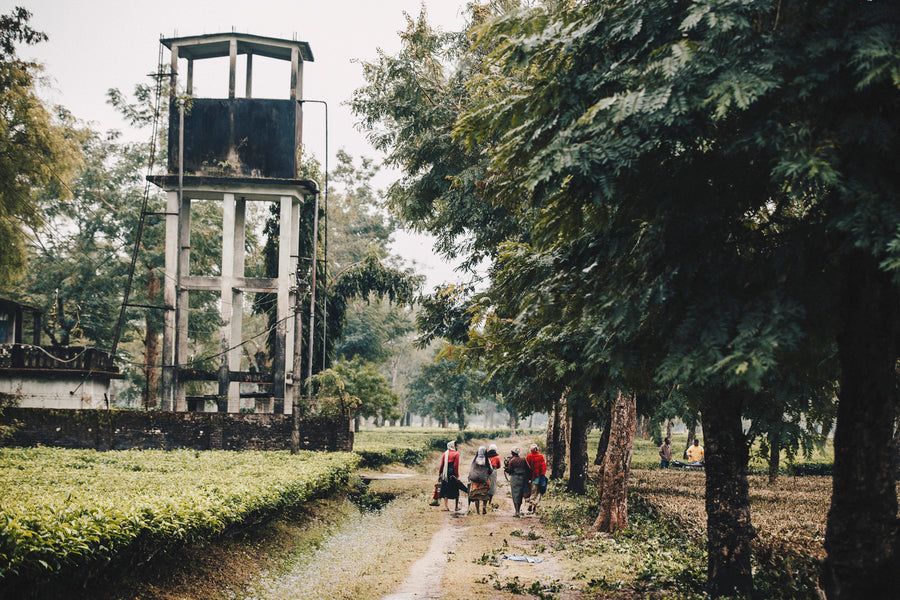Rainwater Harvesting
Rainwater harvesting—or the redistribution of rainwater—dates back to the earliest days of agriculture. Fortunately, advances in technology have greatly improved the process of collecting, storing and repurposing rainwater to grow crops. Rainwater harvesting is essential to the way we farm, and we are proud of the way it positively impacts our local ecosystem and the environment as a whole.
Rainwater harvesting lets us take advantage of the free and dependable source of water that nature provides us each year. In doing so, we reduce unnecessary water consumption and waste. However, the heavy rains we receive annually pose a very real threat of uncontrollable flooding. Thankfully, rainwater harvesting system is as helpful protecting our farm as it is nourishing it.
Assam and Rains
Assam is known for its incessant rains during monsoon season. These monsoons can create dangerous situations because many areas already have a high water table. Unfortunately, disastrous outcomes for people, animals and property can occur when a solid drainage system is not established to control the unrelenting rainfall.
Having large capacity drainage systems even helps promote the growth of trees by preventing water clogging near their roots. Water clogging is especially detrimental to tea trees. These plants wilt quickly when overwhelmed by water.
Ghograjan, Rainwater Harvesting & Sustainability!
Harvesting the rainwater is at the ethos of our sustainability mission. We use our own water pump and filtration system to support the farm, community, and five nearby villages. In the 1980s, we were the first tea estate in Assam to implement this type of irrigation technology. Today we use it to provide every inch of the farm with ample water regardless of the season. Ensuring that every plant has access to equal amounts of water is one of the keys to consistently growing high quality tea.
With the threat of climate change looming large in the tea industry, it has never been more important to include rainwater harvesting as an integral element of a sustainable farming model.
- Protecting lives and livelihoods from severe flooding
- Increasing plant growth by reducing the soil erosion that floods cause
- Reducing financial costs by eliminating water bills
- Lowering demand for groundwater and preventing groundwater table depletion (groundwater table depletion forces us to dig deeper into the Earth to pump water for wells—not sustainable!)
Rainwater harvesting programs like ours allow consistent irrigation during dry spells without ever having to drain rivers. In Assam, collecting rainwater during monsoon season has the added benefit of mitigating floods and protecting the soil. Now, more than ever, is the time to champion local ecosystems and positively impact the environment.
If you want to know more about the rainwater harvesting system at GTE, write to us at: info@ghograjan.com
